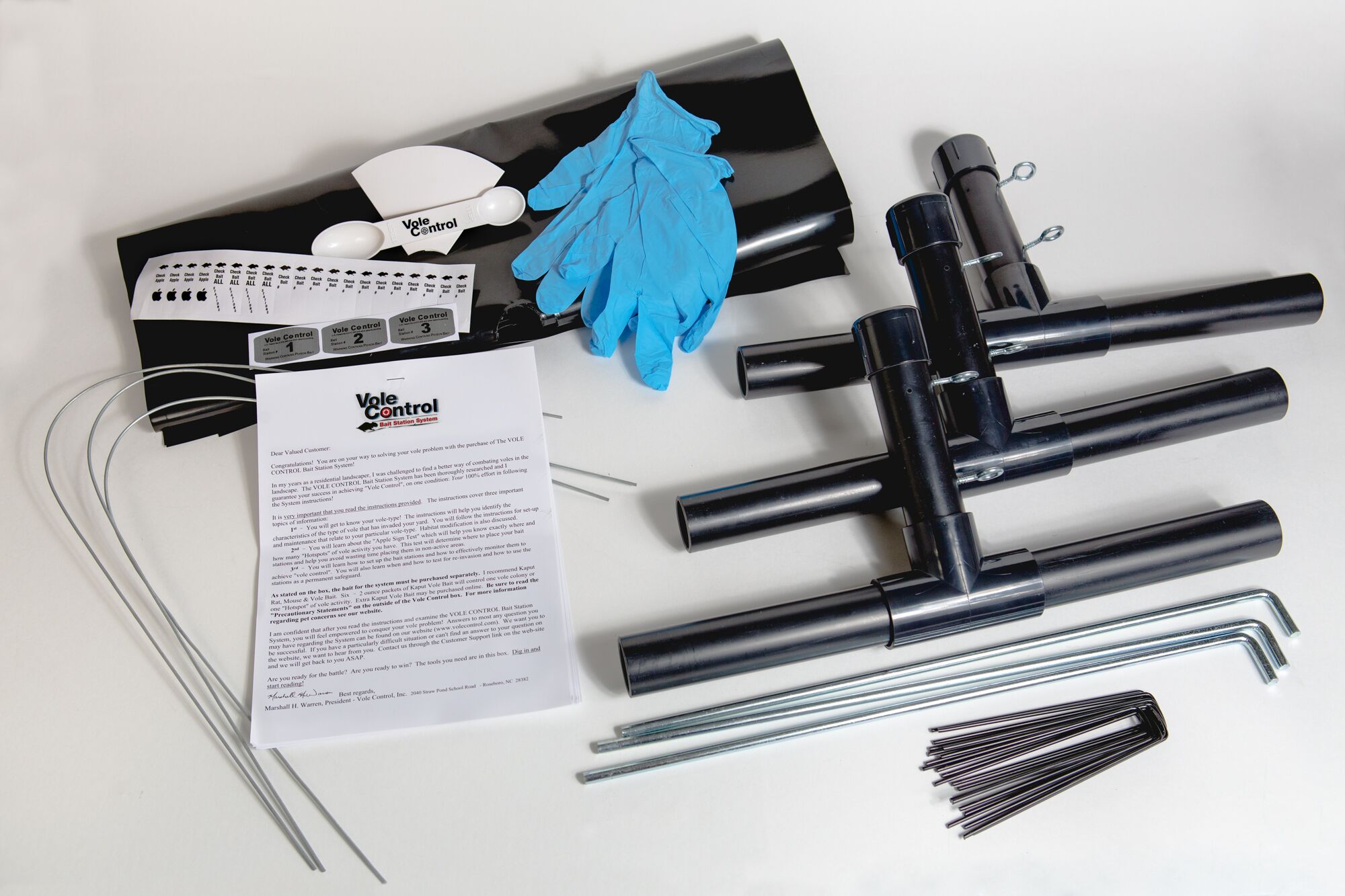Vole Control Tips to Protect Your Yard and Gardens
Vole Control Tips to Protect Your Yard and Gardens
Blog Article
Mastering Vole Pest Control: Extensive Insights on Invasion Prevention and Treatment Strategies
By acknowledging the refined indicators of vole invasion early on, we can take aggressive steps to prevent widespread damage. In this conversation, we will explore the subtleties of vole behavior, dig into the identification of infestation indicators, and reveal the most reliable avoidance and treatment approaches.
Comprehending Vole Behavior
Taking a look at the foraging patterns of voles offers beneficial insights into their behavior and habitat preferences. By observing their foraging actions, researchers can gain a far better understanding of where voles choose to establish their environments and the extent of their environmental influence.
Research shows that voles display selective feeding habits, liking seeds, roots, and roots. This nutritional choice influences their foraging patterns, leading them to areas abundant in plant life and ground cover. In addition, voles are recognized to create elaborate passage systems for foraging and nesting objectives, showing a high degree of flexibility to their environments.
Understanding vole habits is necessary for carrying out targeted insect control actions that disrupt their environment preferences and foraging activities (vole control utah). By studying their habits, professionals can develop much more effective avoidance and therapy techniques to handle vole invasions

Identifying Indications of Vole Problem
Vole problems can be identified by identifying certain indications of their presence in a location. One of the most typical indicators of a vole problem is the existence of surface area runways.
Another crucial sign of vole invasion is the existence of small burrow openings in the ground. Furthermore, voles are understood to leave behind chewed plant stems, origins, and bulbs near their burrow openings, indicating their feeding activity in the location.
Locating these droppings along paths or near burrow openings can confirm a vole problem. By being watchful for these indications, property owners can quickly deal with vole problems and avoid additional damage.
Implementing Positive Prevention Procedures

Moreover, utilizing natural vole deterrents like castor oil-based repellents or predator urine can work as efficient safety nets. It is likewise a good idea to regularly check outside rooms for any kind of signs of vole task, such as paths or burrow openings, to attend to possible problems quickly. vole control. By adopting these proactive avoidance methods, homeowner can dramatically minimize the chance of vole informative post damage and keep the health and wellness and visual appeals of their landscapes
Reliable Therapy Methods
Integrating targeted trapping techniques and making use of authorized rodenticides are important components of reliable treatment techniques for managing vole problems. Capturing can be a reliable way to reduce vole populaces, particularly when placed purposefully in their active paths. Snap traps and live traps can both be efficient, with the last enabling the capture and relocation of voles. When making use of rodenticides, it is vital to follow safety and security standards to avoid injury to non-target animals and pet dogs. Location rodenticides in safe lure stations to lessen threats to unexpected targets. Additionally, habitat adjustment, such as reducing ground cover and eliminating resources of food, can aid deter voles from infesting a location. Normal monitoring and maintenance are also essential facets of successful treatment approaches to make sure that vole populations are maintained under control. By combining trapping, rodenticides, habitat adjustment, and consistent surveillance, efficient vole pest control can be achieved.
Monitoring and Maintenance Tips
Keeping an organized routine for surveillance and conducting regular upkeep activities is essential to maintain the efficiency of vole insect control measures. Routine monitoring allows for the early detection of vole activity, allowing punctual intervention prior to problems aggravate. To successfully keep an eye on vole populaces, purposefully positioned traps can be used in vole runways or near burrow entryways. By consistently inspecting these catches, property proprietors can evaluate the degree of vole activity and readjust control techniques as necessary.
Furthermore, preserving a clean and clean landscape is important in vole prevention. Clearing away debris, such as piles of wood or thick vegetation, removes potential vole habitats. On a regular basis cutting and trimming lawns vegetation helps lower vole concealing areas and reduces their access to food resources.
Furthermore, continuous maintenance of physical obstacles, such as fencings or cord mesh, is crucial to stop vole intrusion. Examining Source and repairing any problems to these frameworks ensures that vole control continues to be reliable in safeguarding properties from invasions. By integrating these surveillance and upkeep methods right into an extensive vole insect control strategy, people can successfully handle vole populations and shield their buildings from damages.
Verdict
Finally, mastering vole pest control needs a solid understanding of vole habits, the ability to determine indications of problem, applying positive avoidance procedures, efficient therapy techniques, and regular monitoring and upkeep. By taking a comprehensive technique to vole control, individuals can properly manage and stop invasions, ultimately protecting their property and surrounding environment from damage brought on by these little rats.
In this conversation, we will check out the subtleties of find out vole habits, dig right into the identification of problem signs, and discover the most reliable prevention and therapy approaches.Integrating targeted capturing techniques and making use of authorized rodenticides are vital components of effective therapy methods for handling vole invasions. To effectively monitor vole populaces, strategically positioned catches can be used in vole paths or near burrow entrances. Checking and repairing any type of problems to these frameworks ensures that vole control continues to be effective in safeguarding homes from problems. By integrating these monitoring and maintenance practices right into an extensive vole bug control strategy, people can properly take care of vole populaces and protect their residential or commercial properties from damages.
Report this page